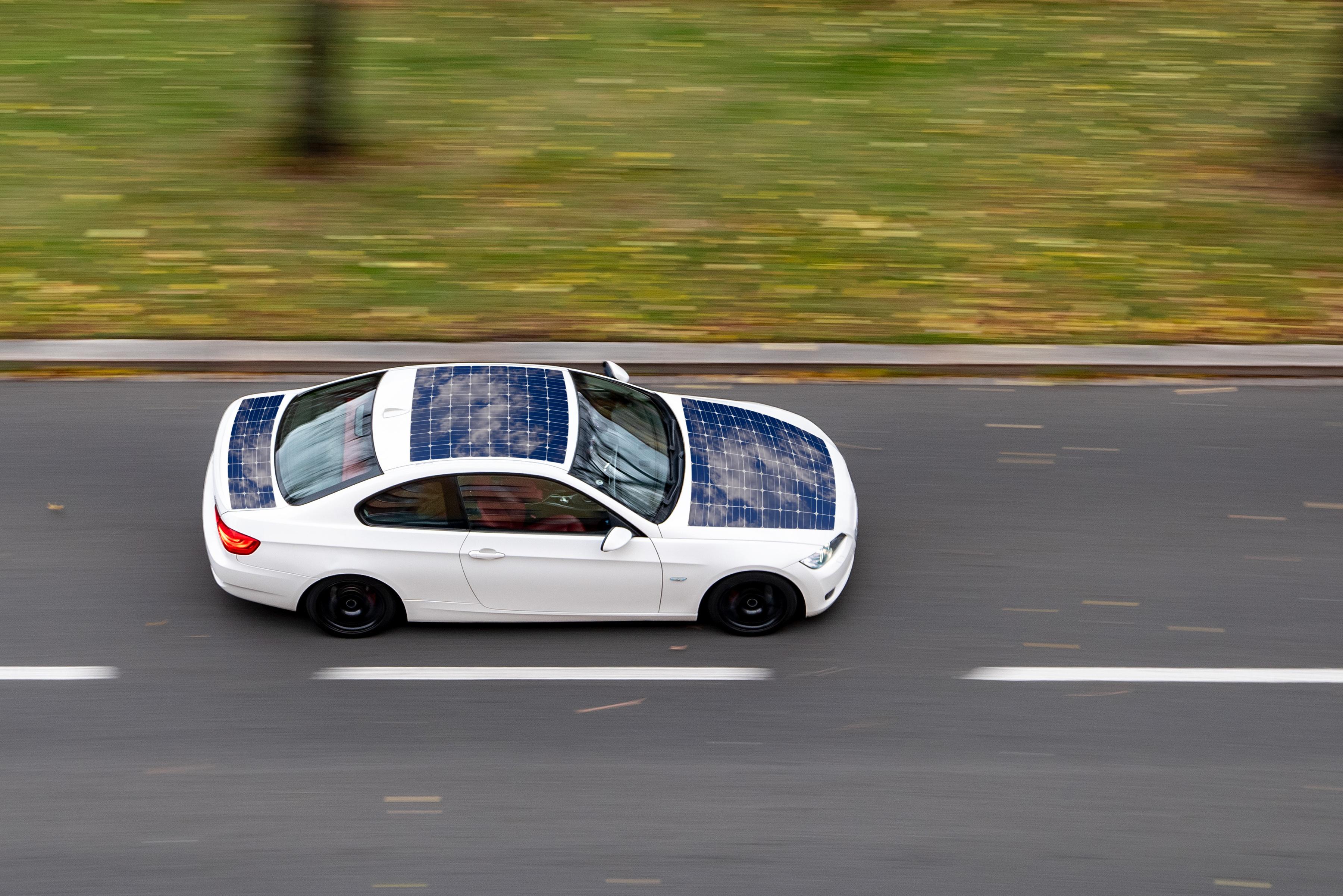Will Solar Tech Power Self-Driving Cars?
In this video interview, Ben Lenail of Alta Devices talks about the future of solar power in next-generation vehicles and beyond.
Oct. 11 2019, Updated 7:16 p.m. ET

In the video interview below, Ben Lenail of Alta Devices talks about the future of solar power and next-generation vehicles—self-driving cars. In the stock market, solar technology represents a big opportunity. First Solar (FSLR) has upside potential of 35% for the next 12 months. Meanwhile, Enphase Energy stock (ENPH) might look expensive, but it’s among the year’s biggest gainers, up over 400% so far.
At the same time, self-driving car technology is heating up. An announcement from Google’s Waymo (GOOG)(GOOGL) earlier this week suggested that Americans could see self-driving cars hit the markets sooner than you’d think. Tesla (TSLA), meanwhile, is working on self-driving taxis for next year, and it’s also working on a battery that can last around a million miles. Self-driving tech remains a hurdle, however, with Tesla’s Smart Summon feature under investigation in connection with small accidents.
With the Invesco Solar ETF (TAN) up around 58% in 2019 so far and new solar applications for autonomous driving, it’s time for sustainable investors to look beyond the big public companies. Staying informed means keeping up with new technology in the solar space.
Solar power and next-generation vehicles
Paper-thin panels that mold to a surface are critical for solar power when it comes to powering devices in non-traditional places. Some of those unusual places could be the rooftop or spoilers of a next-generation vehicle, according to Ben Lenail. He’s the director of business development for solar panel manufacturer Alta Devices, a Hanergy company.
Speaking at the World Safety Summit on Autonomous Technology, Lenail explained that a key ingredient that differentiates Alta Devices’ approach is the use of gallium arsenide (or GaAs) instead of silicon as the semiconductor that converts light to electricity. According to Alta Devices’ website, GaAs stands up to moisture and radiation and has a strong low light performance, a low temperature coefficient (it works well under hot conditions), more efficient photon absorption, and high output density.
Alta Devices has a unique toolset that grows a thin GaAs film on top of GaAs wafers, separates the thin film, and assembles it into customized solar modules. The company’s website states that the tool is capable of producing hundreds of watts of solar cells per hour. Alt Devices’ latest-generation modules are up to 29% efficient (the amount of sunlight converted to electricity) and are extremely light with an unencapsulated weight-to-area density of 170 grams (6 oz.) per square meter.
New applications
From an application standpoint, the lightweight, flexible, and robust nature of the company’s thin-film solar cells are finding use in drones and airships at both low and high altitudes, energy harvesting for low-power, Internet-of-Things devices and wearables, and various applications in vehicles.
Lenail doesn’t expect these solar cells to be the primary power source for an electric vehicle. But he does believe they will be useful to provide a trickle charge to compensate for the increase in electronics due to the integration of autonomous features, such as Lidar. According to Lenail, the robust nature of their product, along with its flexible and thin profile, will allow integration into the vehicle without impacting the design.
The upside is a vehicle with a range extension equivalent of perhaps 10% to 20%. This range seems consistent with a NEDO, Sharp, and Toyota Motor Corporation (TYO) announced testing of a Prius PHV outfitted with 860 Watts of thin-film solar cells—and claims that it can get as much as 35 miles of range extension. From a cost perspective, it’s still early days for the vehicle application. So the end costs will still probably be measured in the thousands of dollars, and Alta Devices’ solar cells will probably supplement and not replace the local utility.
A glimpse of the solar vehicle future may be as close as next week in Australia. The biannual Bridgestone World Solar Challenge will commence on October 13. Hyper-efficient solar vehicles of various classes will compete to make the 3,000-kilometer journey from Darwin to Adelaide as efficiently and fast as possible. And Alta Devices will be there, powering the Stanford University Solar Car and providing a vision for how solar might integrate into the car of the future.
Interview highlights
- 00:41 – Lenail talks about Alta Devices’ more common applications where the product goes today, particularly applications where low weight is necessary—like drones.
- 01:07 – We discussed the unique properties and advantages of GaAs.
- 02:15 – Airships as a cell tower? Yes, with motors to keep them in place, Lenail indicates there are many players looking at using lighter-than-air vehicles as virtual cell towers.
- 03:13 – Practical applications of solar panels within vehicles.
- 04:18 – If they’re going to be in automotive, they’re going to have to be durable. Just look at the cracked windshield in the video from a rock on a rural road.
- 04:51 – From a dollar per watt perspective, can it pay for itself?
- 05:27 – What sort of battery range extension might be possible using this technology?
- 06:10 – Does the 29% efficiency make up for the fact that you might not be positioned properly or are under trees?
- 07:06 – What about scaling production?
Correction: An earlier version of this article described the journey from Darwin to Adelaide as 3 kilometers instead of 3,000 because of a typographical error.
